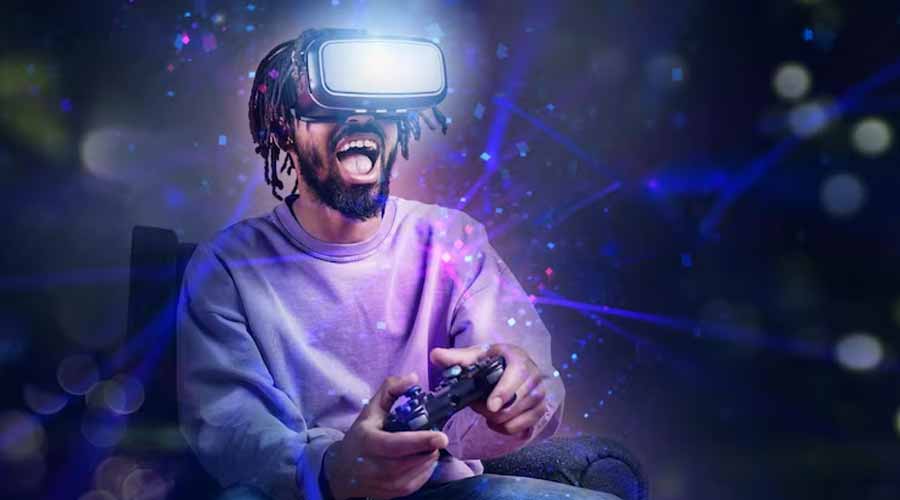From Joysticks to Algorithms: How Video Games Are Shaping the Future of Entertainment
Over the past four decades, video games have evolved from pixelated distractions in smoky arcades to complex, immersive worlds that rival Hollywood blockbusters in both scale and storytelling. Today, the gaming industry is not just entertainment—it’s culture, commerce, and community rolled into one.
The Evolution: From Pong to Photorealism
It all started with Pong, a game so simple it could be recreated on a modern calculator. Fast forward to today, and we now have games powered by ray tracing, AI-driven narratives, and virtual economies with real-world value. Whether it’s the expansive universe of Starfield, the precise gunplay of Counter-Strike 2, or the narrative brilliance of The Last of Us, video games have become a dominant force in digital storytelling.
What’s especially interesting is how games have adapted to be more social and more personalized. Multiplayer lobbies, cooperative gameplay, and community modding have turned solo activities into collective experiences.
The Rise of Competitive and Hybrid Gaming
Competitive gaming has exploded in popularity. Once reserved for living room challenges and internet cafes, it now fills stadiums and commands streaming audiences in the millions. Games like Valorant, League of Legends, and Rocket League have established themselves as esports juggernauts, while grassroots tournaments and community-driven competitions flourish on platforms like Discord and Reddit.
But competitive play isn’t limited to traditional genres. Many modern gaming platforms are introducing elements of chance, real-time strategy, and algorithmic matchmaking, blending the thrill of the arcade with the structure of organized competition. One platform that reflects this hybrid approach is gacor108, where players encounter a blend of fast-paced gameplay and strategic decision-making. It’s an example of how digital gaming spaces are diversifying, appealing to players looking for both entertainment and engagement.
Data, Design, and the Future of Gameplay
Behind the scenes, data analytics and machine learning are shaping the way we play. Developers analyze gameplay behavior to balance maps, refine difficulty levels, and even personalize content in real time. Meanwhile, procedural generation techniques allow for nearly endless worlds, ensuring that no two sessions are ever the same.
These innovations are redefining not only how games are created, but how they’re experienced. AI-powered NPCs now respond with realistic dialogue, and adaptive soundtracks shift in tone based on player actions. This convergence of technology and art is why the gaming industry is projected to surpass $300 billion in revenue globally by the end of the decade.
Why Gaming Is No Longer Just a Hobby
For many, gaming is more than entertainment. It’s a way to socialize, a creative outlet, and even a professional path. With careers in streaming, development, design, and game journalism more accessible than ever, the line between player and creator continues to blur.
As we move forward, the most successful games will be those that offer more than just impressive visuals or complex mechanics. They will be spaces where players can explore, compete, collaborate, and reflect. Whether you’re a seasoned pro, a casual explorer, or somewhere in between, the future of gaming promises something for everyone.

